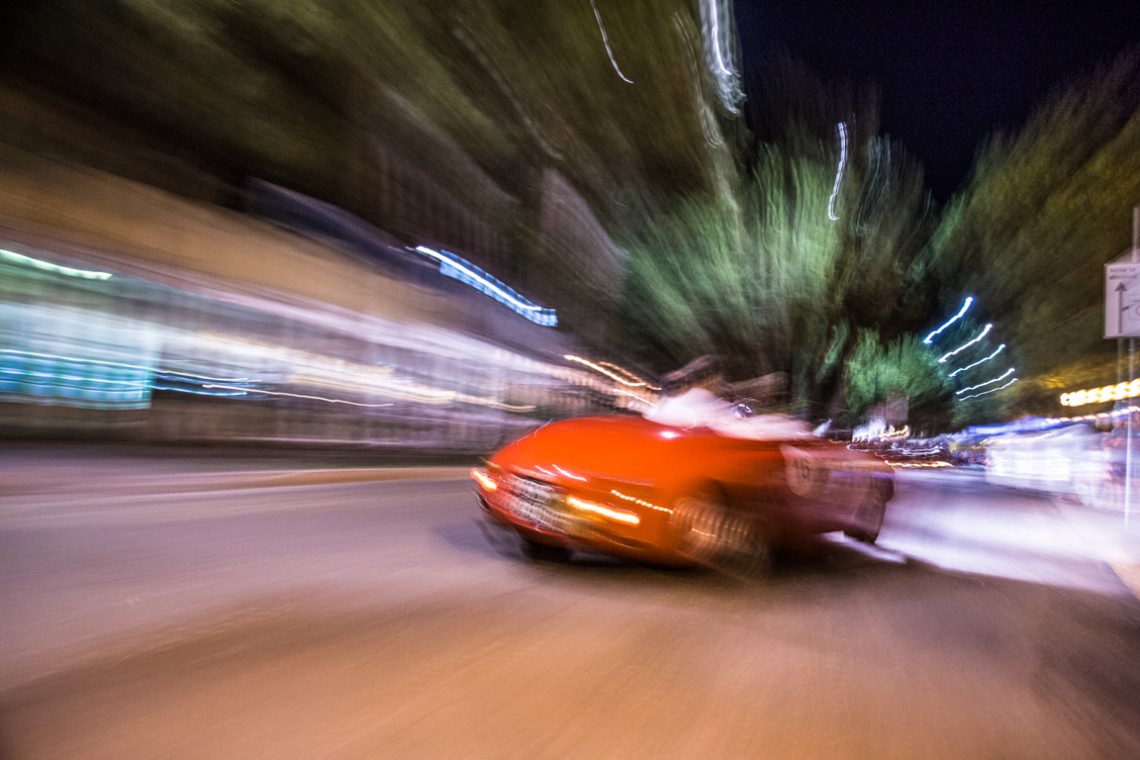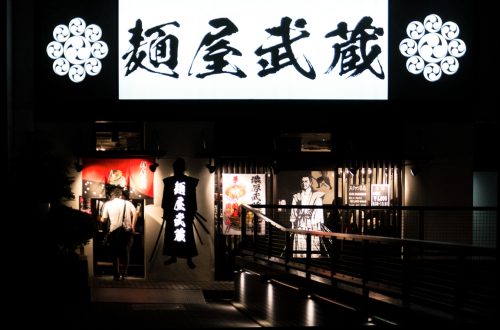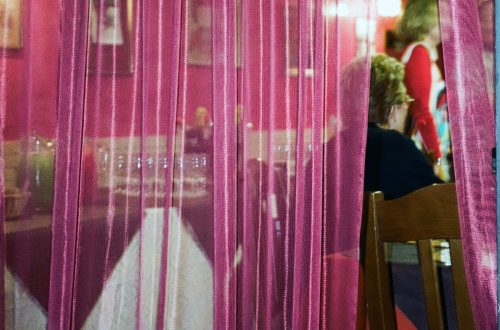
Lightspeed
I shot this with a Leica M9 late one night, leaning out from the kerb on a curve that begged for something fast and unreasonable to come tearing through it. And eventually, this red Italian masterpiece did exactly that—roaring past with the kind of throaty snarl that makes small children cry and grown men buy things they shouldn’t.
What you’re seeing isn’t an accident. It’s the moment velocity became geometry. The long exposure distorts everything into kinetic abstraction: the trees become green flame, the streetlamps twist into electric comets, the background collapses into a wash of speed-induced delirium. But the car—mid-century, low-slung, all attitude—remains just visible enough to read as a red blur of nostalgia. A machine too alive to be just retro.
Now, let’s talk technique. The Leica M9 isn’t your average sports shooter. No autofocus, no high ISO wizardry, no 12-frames-per-second buffer to save you when you fluff the timing. This shot came down to instinct, framing, and a bit of educated guessing. I panned hard with a slow shutter—somewhere around 1/8th if memory serves—using the available sodium vapour and storefront spill as ambient light. No flash. No re-dos.
Compositionally, it teeters on the edge of chaos. The leading lines all pull you into the bend—the movement draws from bottom left to top right, just as the car comes screaming out of the frame. The vanishing point isn’t fixed, but that’s the point. You’re not supposed to rest your eyes. You’re supposed to feel what the driver’s feeling: part exhilaration, part instability.
Is it technically perfect? Absolutely not. But it’s not supposed to be. The edges are soft, the highlights are smeared like butter on glass, and the focus is little more than a suggestion. But the motion is honest, and the energy is real. You can feel the combustion.
This is speed, distilled—not polished, not corrected. Just caught.




